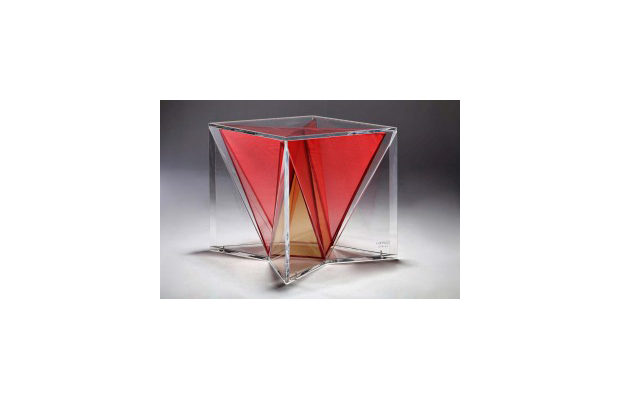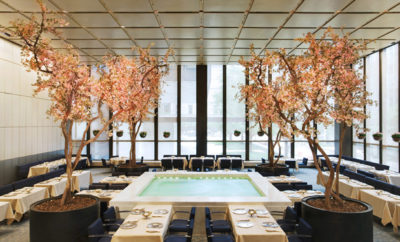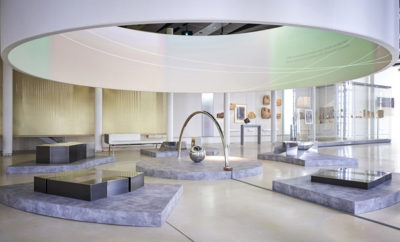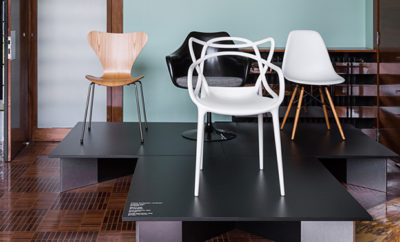
Design
Chinese Design Today at Themes & Variations, London

Memory stool/Lantern, by Jia Li
From November 8th to December 8th, Themes & Variations, a leading specialist in Post-War and Contemporary design, will launch Chinese Design Today, the first major selling exhibition of contemporary Chinese design in London. Featuring special commissions by a vibrant generation of designers, the show offers a unique insight into the forms, reinterpretations and narratives that have emerged from post-Mao China in the fields of furniture, textile and ceramics. These designers head the current renaissance of Chinese artistic creativity previously shackled by Mao’s Cultural Revolution. Together with the influence of China’s emergence as a global power, this reawakening of skill and craftsmanship gives rise to a more expressive and thoughtful modern cultural movement.

King chair, by Shao Fan
A leading figure in this movement, Shao Fan was one of the first to bring together traditional Chinese furniture techniques and modern day design practices, exploring the boundaries between visual art and design. As a sculptor and painter who experiments with various media, Shao Fan combines incongruous styles, mixing elements of classical Ming chairs (revered in ancient China as works of art) with materials such as acrylic. A highlight of the V&A collection, his ‘Deconstructed’ chairs, notably his ‘Chair King’, express the cultural changes and contrasts facing China today.

China – Mickey Mouse, by Li Lihong
Li Lihong applies Chinese ceramic painting traditions to porcelain shapes to create striking sculptures which mimic today’s most iconic consumer brands and designs such as Apple, Coca-Cola, McDonald’s and Nike, as a way of commenting on China’s current preoccupation with global trends and Western lifestyle.
July Chow – who was imprisoned in the 1970s for his anti-revolutionary activism – gives a radical new twist to antique Chinese furniture designs from the Imperial dynasties by combining accents of hand-carved wood with plexiglass. Similarly, the fanciful jet fighters clad in feathers, caged in conventional Chinese birdcages by Yang Ke, the perspex box stools enclosing traditional red Chinese lantern silk by Jia Li, and classical Chinese chair backs anchored onto beanbag-type seats by Xiao Tianyu, all reinvigorate the tradition of past design idioms and techniques previously severed by the Cultural Revolution.

Chair, by Gu Yeli
In a different vein, award-winning artist Gu Yeli adorns discarded chairs and benches found on the roadside with colourful wool. Her reinvented furniture from salvaged items pays homage to the harsh deprivation experienced in post-war China. More radically, Li Naihan links the tribulations of the Communist-generated diaspora with the frequency with which the present government, seemingly at will, uproots large sections of the population from their homes. Her furniture inspired by wooden shipping crates disassembles and packs up to become the crate itself.
Zhang Zhoujie, by contrast, has shrugged off the cultural legacy completely, and is a shining force of design embracing new technology. He represents the population eager to enjoy the consumables afforded by technological advances. His futuristic tables and chairs are created digitally, integrating the latest computer technology and mathematical logic with Wu Wei, one of the principles of Taoism meaning ‘lack of intervention’.
For more information and photos visit http://www.themesandvariations.com/












